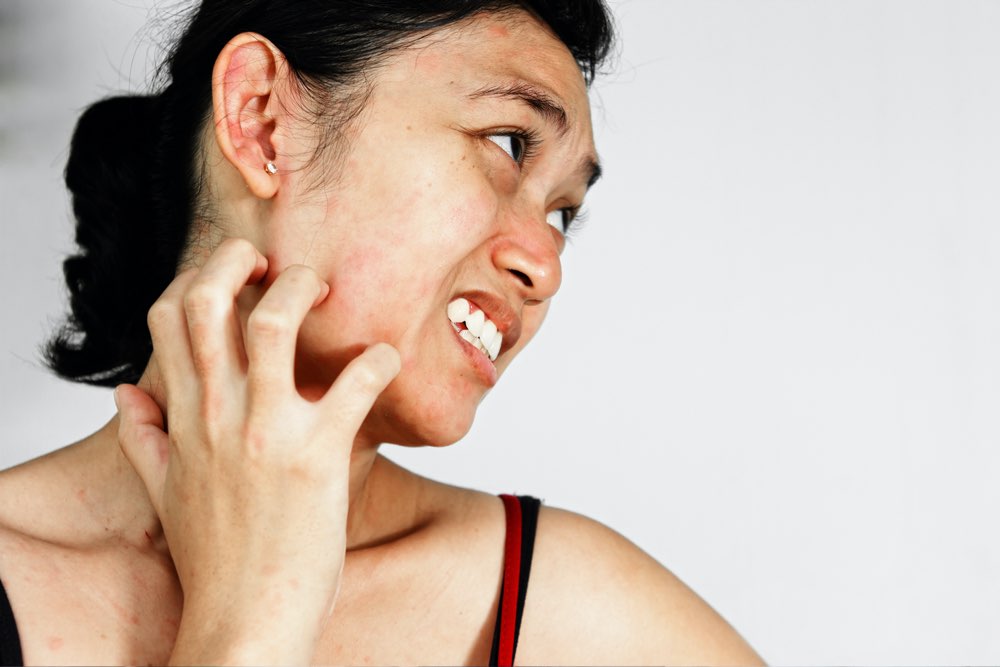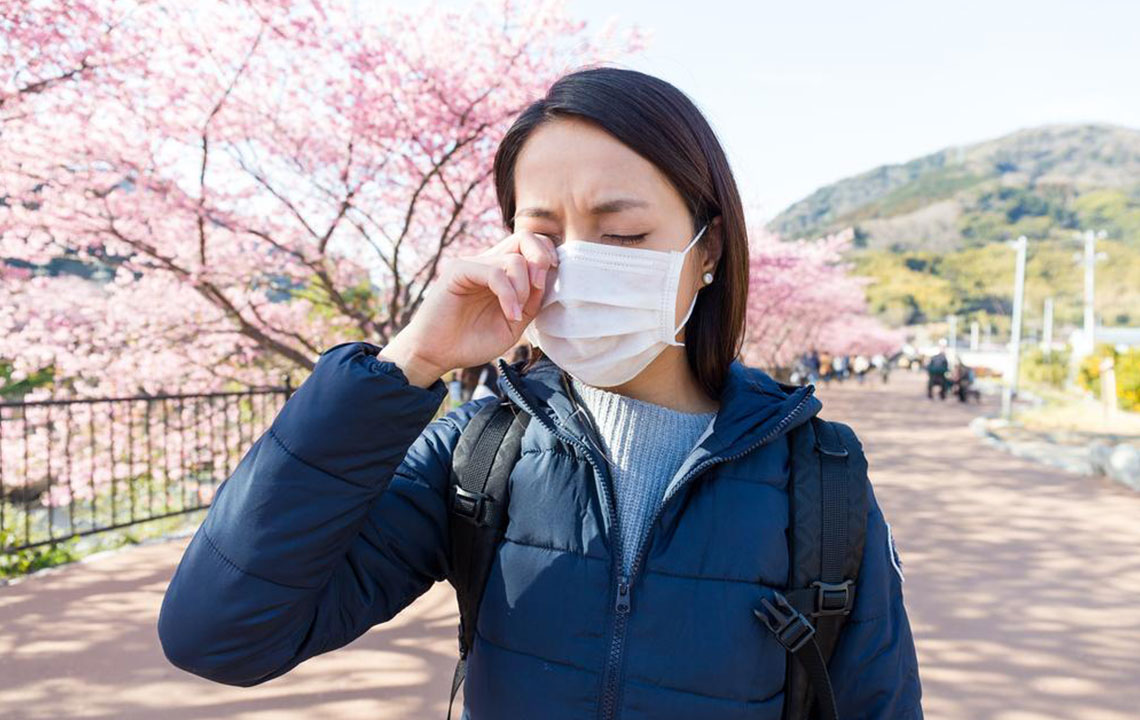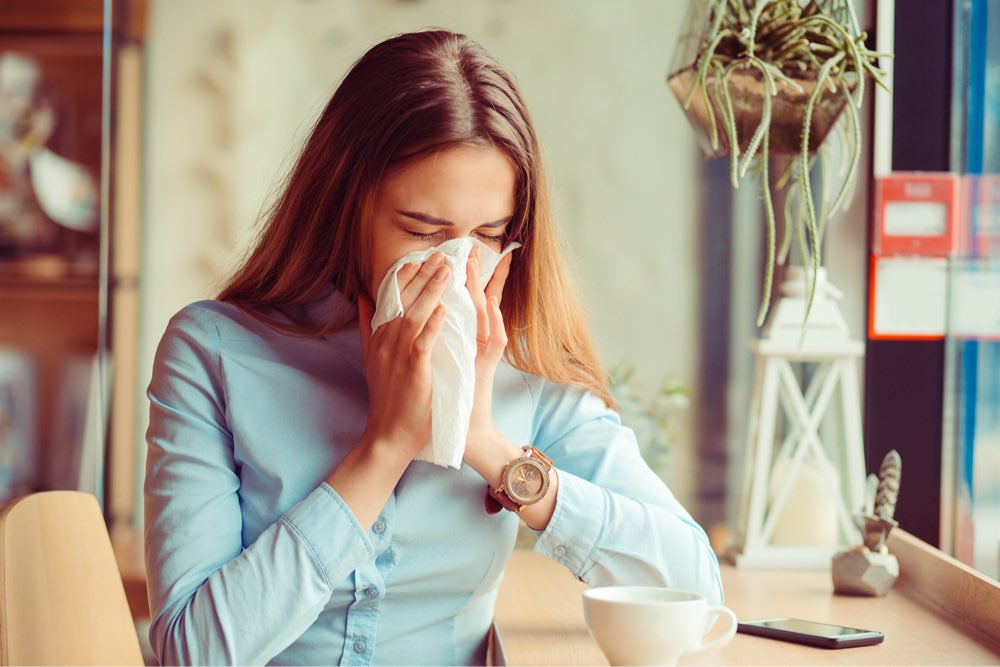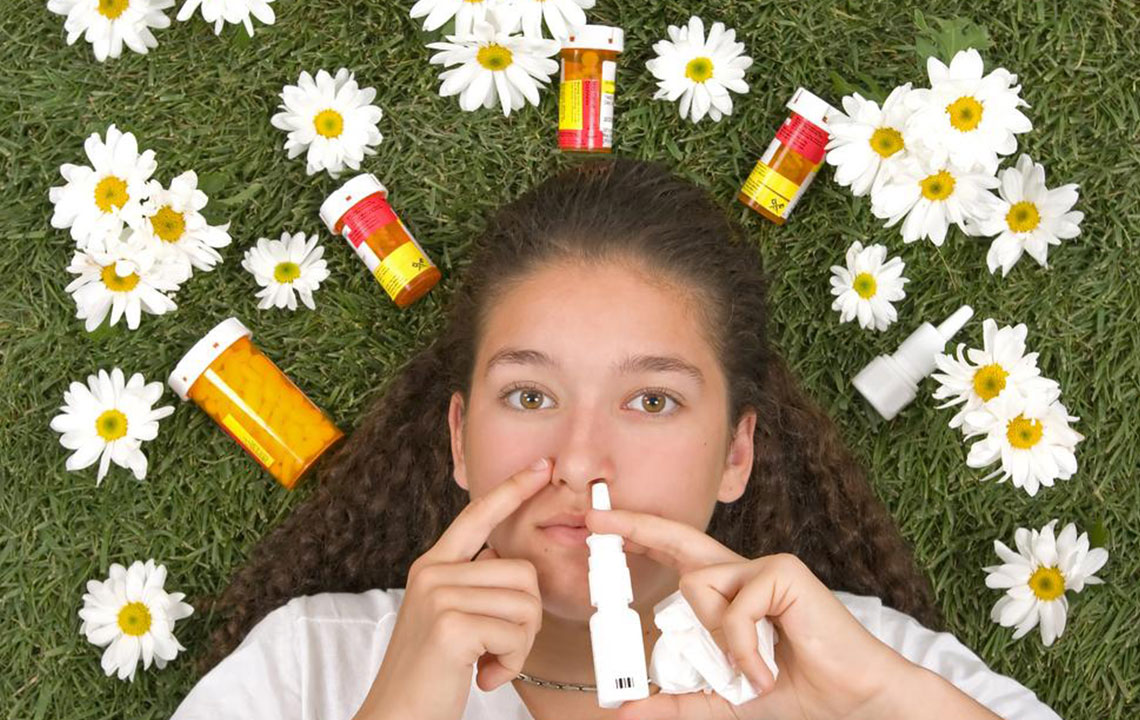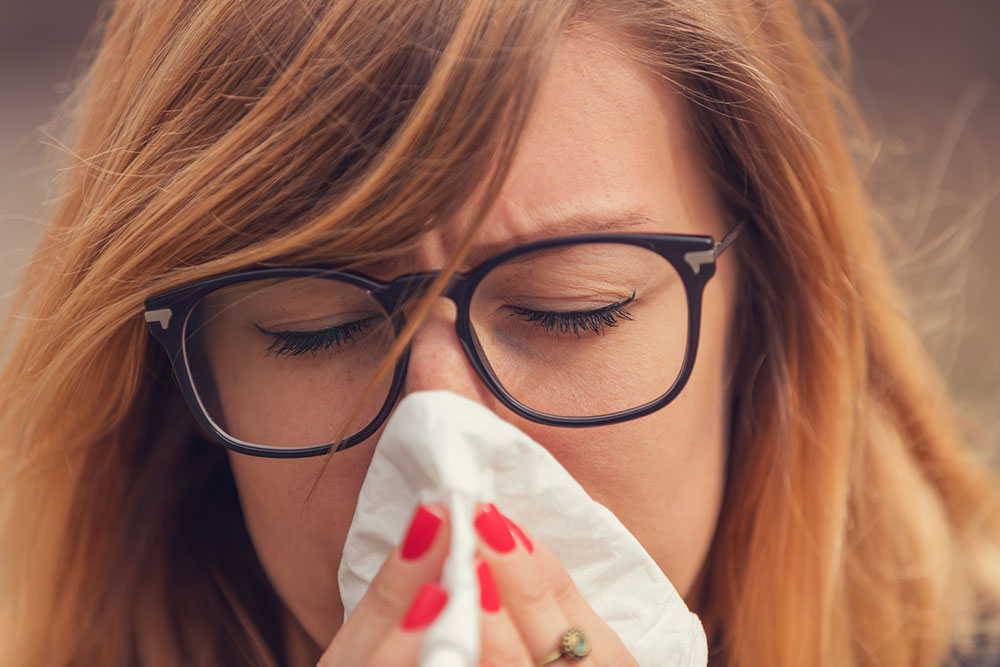Proven Methods to Minimize Exposure to Common Allergy Triggers for Better Health
This comprehensive guide offers proven methods to reduce exposure to common allergy triggers such as pollen, pet dander, and dust mites. By adopting environmental and personal strategies, individuals can significantly minimize allergy symptoms, improve their quality of life, and maintain better overall health. The article discusses practical tips on outdoor activity planning, indoor air quality management, pet care routines, and medication use, providing a detailed approach to allergy prevention suitable for anyone suffering from allergies or seeking to enhance their allergy management plan.
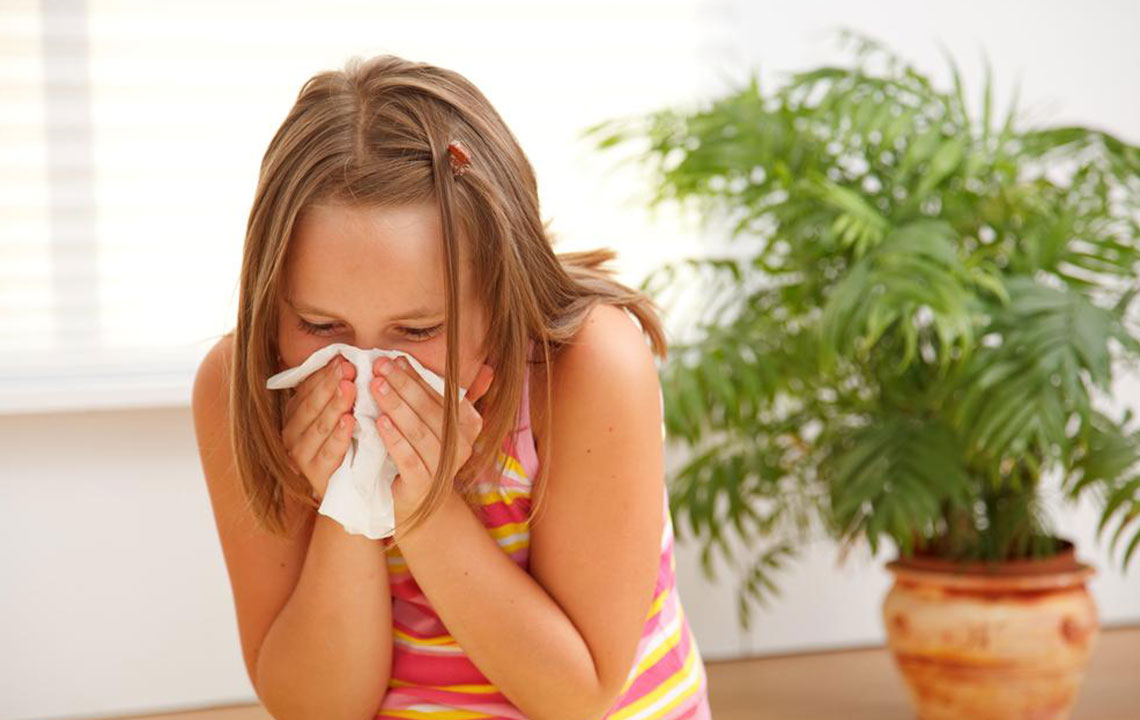
Proven Methods to Minimize Exposure to Common Allergy Triggers for Better Health
Managing and preventing allergy symptoms is crucial for maintaining optimal health, comfort, and quality of life. Chronic allergies can lead to ongoing discomfort, interfere with daily activities, and weaken the immune system over time if left unmanaged. The most effective approach involves a combination of proactive strategies to reduce exposure to known allergens along with appropriate medical interventions when necessary. By understanding common allergy triggers such as pollen, pet dander, and dust mites, you can adopt personalized habits and precautions to significantly diminish allergic reactions and enjoy a healthier, symptom-free life.
Allergy management begins with awareness. Recognizing the specific allergens that affect you allows for targeted strategies to minimize contact and symptoms. In addition, maintaining a clean living environment, adjusting outdoor activities based on seasonal conditions, and seeking medical advice when needed are fundamental components of effective allergy control. Below, we delve into detailed strategies to avoid the most common allergy triggers and improve your overall health.
Pollen: One of the most prevalent airborne allergens, pollen levels fluctuate depending on the season and local environment. To minimize pollen exposure, it is advisable to take antihistamines or other allergy medications prior to allergy season or during peak pollen periods. Staying indoors during high pollen days, especially during early mornings and late afternoons when pollen counts are at their highest, can significantly reduce symptoms. When venturing outside is necessary, wearing sunglasses, masks, and clothes that cover most of your skin can help prevent pollen from settling on your skin or being inhaled. After outdoor activities, showering, washing hair, and changing clothes help remove pollen residues, decreasing the likelihood of allergic reactions.
For example, if tree pollen causes spring allergies, starting medication a few days before pollen counts rise can prepare your immune system and prevent severe symptoms. Limiting outdoor activities during the peak hours when pollen dispersal is most intense can further help you stay allergy-free. Using air purifiers with HEPA filters indoors can also trap airborne pollen and reduce indoor allergen levels, creating a safer environment at home and work.
Pet Dander: For those allergic to pet fur, skin flakes, or saliva, limiting contact with animals is the most straightforward way to prevent allergic reactions. However, for pet owners or individuals who cannot avoid animals altogether, implementing strict cleaning routines is vital. Regularly vacuuming carpets and upholstery with HEPA-filter vacuums reduces pet dander accumulation. Bathing pets weekly and maintaining good hygiene helps control the amount of dander they shed. When visiting or staying in environments with pets, changing clothes and washing hands and face afterward minimizes the transfer of allergens to your body. Ensuring pets have designated sleeping areas and preventing them from sleeping on furniture further reduces allergen spread.
Besides medications like antihistamines and corticosteroids, adopting hygiene practices such as frequent cleaning and consistent bathing of pets can significantly improve allergy symptoms. Creating a pet-free zone in your bedroom or main living areas can provide relief and improve sleep quality. Also, using high-quality air purifiers enhances indoor air quality by filtering out dander and other allergens.
Dust Mites: Dust mites are microscopic creatures that thrive in warm, humid environments. They commonly inhabit bedding, upholstery, and carpets. To combat dust mites, maintaining a clean and dry environment is essential. Regularly washing bedding and pillowcases in hot water (at least 130°F or 54°C) helps eliminate these allergens. Using dust-mite-proof covers on mattresses and pillows adds an extra layer of protection. Keeping humidity levels below 50% with dehumidifiers prevents dust mites from thriving. Vacuuming floors and upholstered furniture frequently with HEPA filters reduces their presence. For persistent allergies, medicated treatments can provide relief and help suppress immune reactions.
Additional practical tips include avoiding outdoor activities during early mornings or during seasons with high pollen counts, keeping windows and doors closed during peak allergen periods, and using washable curtains and bedding to prevent dust build-up. Proper ventilation and air filtration systems within living spaces are crucial in maintaining an environment conducive to allergy relief. Always consult with a healthcare professional for a tailored allergy management plan, especially if symptoms are severe or persistent.
In summary, effective allergy prevention combines environmental control, personal hygiene, medication, and lifestyle adjustments. By implementing these comprehensive strategies, you can minimize exposure to common allergens like pollen, pet dander, and dust mites. This proactive approach greatly reduces the frequency and severity of allergy symptoms, enabling you to enjoy everyday activities with less discomfort and better overall health.
